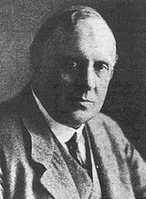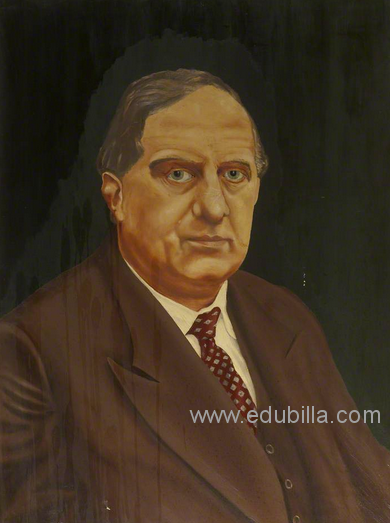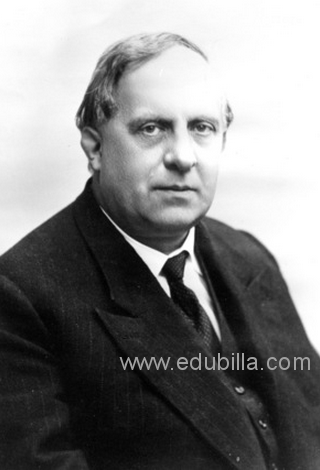


Frederick William Lanchester, English automobile and aeronautics pioneer who built the first British automobile (1896).
In 1891, after attending Hartley University College (now the University of Southampton) and the National School of Science, Lanchester went to work for a gas-engine works in Birmingham. During his employment at the firm he improved its products by designing a pendulum governor and a starter. After five years he left to set up his own automobile-manufacturing firm, producing his first car, a one-cylinder, five-horsepower model, in 1896. A second model, with two cylinders, and a third led to financial backing for the Lanchester Engine Company, which produced several hundred cars over the next few years. Among notable design features of his cars were a relative freedom from vibration, a graceful appearance with fewer of the knobs and levers that bristled in most driver’s compartments, and a luggage rack.
Lanchester’s interest in aeronautics was first expressed in a paper he wrote in 1897, a work ahead of its time in appreciation of the principles of heavier-than-air flight. In 1907–08 he published a two-volume work embodying distinctly advanced aerodynamic ideas. As a member of the Advisory Committee on Aeronautics in 1909 and, later, as a consultant to the Daimler Motor Company, Ltd., he also contributed to the development of operations research.
Guggenheim Medal (1931)

